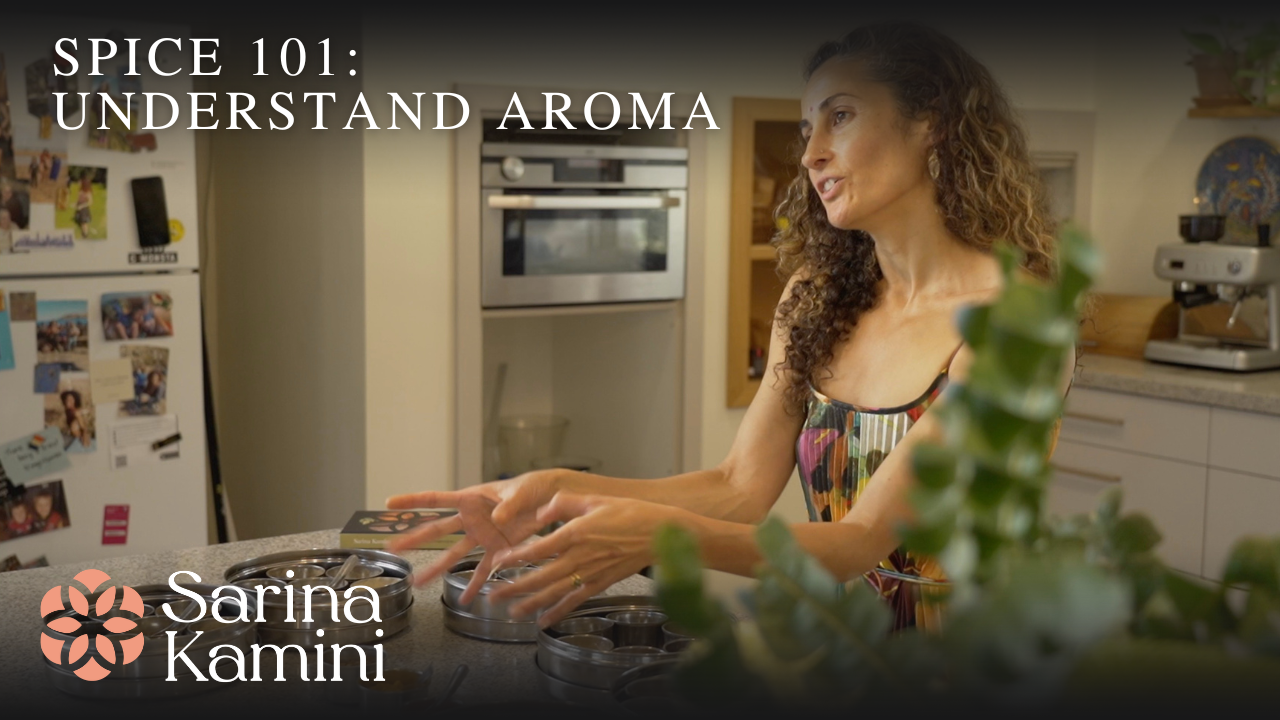UNDERSTANDING AROMA
UNDERSTANDING AROMA

LEARN HOW TO THINK ABOUT AND FEEL AROMA.
There is a language used to classify and talk about aroma that’s important to learn if we are ever going to be able to work with and identify new and interesting ingredients in our own kitchens. Learn the language of aroma, and open up your ability to cook intuitively and creatively. Look to the answer for our aromatic FAQs by following the link below or scrolling to the bottom of the page.
View our frequently asked q&a section on understanding aroma >
UNDERSTANDING AROMA
FAQS
What does primary aroma mean?
Primary aroma means the most obvious tastes or aroma. Normally, primary aromas will taste similar to the way a spice smells. For example the primary aroma of cinnamon powder is that subtle “cinnamon” sweetness.
What does tertiary aroma mean?
Tertiary aromas are the last things we taste with spices. Not everyone will taste tertiary aroma. Sometimes tertiary aroma feels like a shape or a texture in the mouth more than a taste. We don’t have to taste tertiary aroma to blend spices or understand new spices, but when we do it allows us to add depth to our cooking.
What does secondary aroma mean?
Secondary aromas are the tastes that come after the most obvious. Tastes like the bitterness after the coolness of celery. Or the saltiness after the sweetness of licorice.
Why do we have to use terms like this to think about aroma?
Basically if we can’t name something, it’s hard to identify it. This is true of everything in life, but it is especially true of anything that relates to our sensory experience of life—our emotions, for example, or the experience of taste. By using language to break down aroma, we have a deeper ability to classify tastes and then create from that understanding.



